Julia Clothier has won Bay Nature’s Environmental Education Local Hero Award for her work as director of the Clem Miller Environmental Education Center at Point Reyes National Seashore.
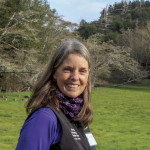
Sign up for our free weekly newsletter and understand everything better!

Julia Clothier has won Bay Nature’s Environmental Education Local Hero Award for her work as director of the Clem Miller Environmental Education Center at Point Reyes National Seashore.
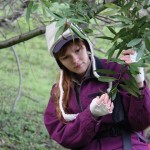
We first encountered Cheyanna Washburn in her role as an intern with the California Phenology Project at the John Muir National Historic Site in her hometown of Martinez. Now a student at Diablo Valley College in botany and recreational therapy, … Read more
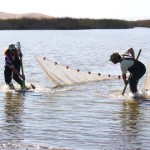
The survey research that Peter Moyle started decades ago now has a dual purpose: It offers evidence for the free fall of native fish populations, but it also may ultimately contribute to one of the best opportunities to soften this decline.

For the past 20 years, Mill Valley native Sue Gardner has run the Golden Gate National Parks Conservancy’s Park Stewardship program, connecting people to the Golden Gate National Recreation Area (GGNRA), the nation’s largest urban national park.
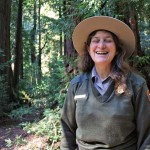
Officially, Mia Monroe is Site Supervisor of Muir Woods. But what she really does is serve as a passionate ambassador for nature.
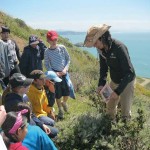
The California Phenology Project’s citizen scientists are studying changes in plant life cycles to better understand local climate change impacts.
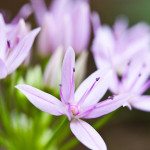
Bay Area plant species bloom to their own tune. Our plants are always sending something out, but they’ve also learned to play it safe.
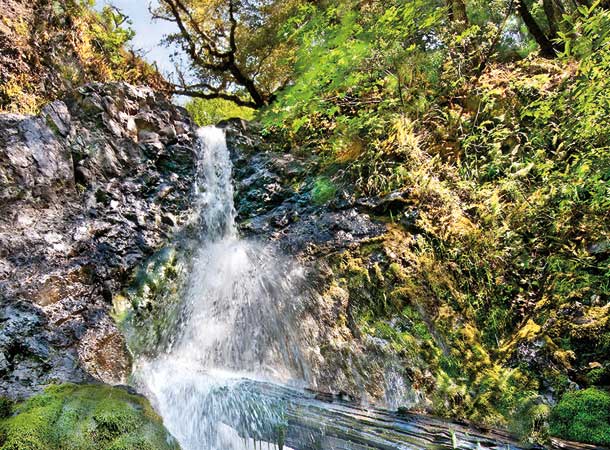
A remarkable Sonoma County landscape is finally preserved, protecting redwoods, Sargent cypress, serpentine grasslands, and a beloved waterfall.
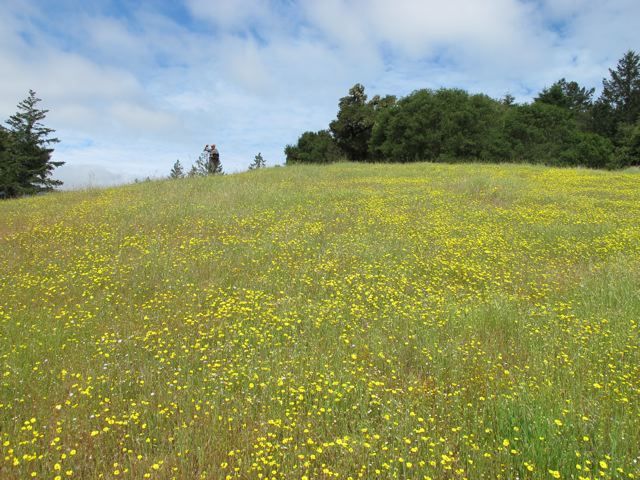
With golden summer hillsides and enticing mosaics of forest and field, the grasslands of California are iconic. Yet few people realize that some of those grasslands are actually coastal prairie, one of the most diverse—and most endangered—ecosystems in the world.Today less than 5 percent of this vibrant habitat remains comparatively intact. Much has been lost to more than a century of fire suppression, development, tilling and invasion by non-native species.
-150x150.jpg)
A project in West Marin shows how ranchers, and a whole lot of compost, can help mitigate climate change.